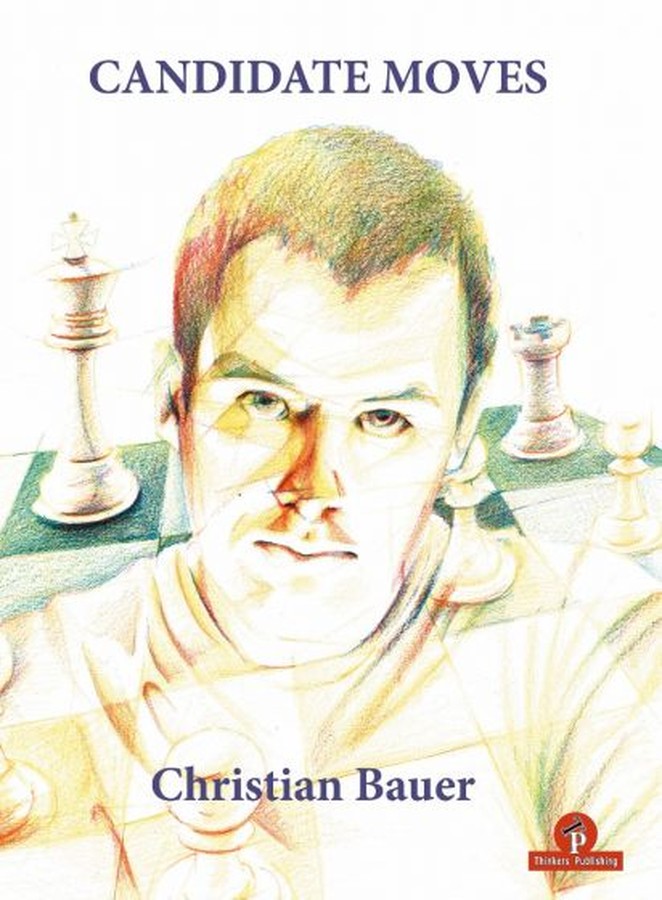| Nivå | C-D |
| Utgivelsesdato | April 2018 |
| Forfatter | |
| Pris | 375 NOK |
Candidate Moves
A Grandmaster's MethodEn høyst interessant og kyndig bok av en fransk stormester på 2600-tallet, der han drøfter sjakktenking gjennom aktuelle egne partier. Sjelden at så sterke spillere går slik grundig inn i egne partier fra start til mål.
En bok mest for ganske sterke spillere. For å forstå litt mer av ideene og konseptet for boka viser vi bare til forfatterens eget forord:
Forordet:
Prior to this one, I had written three books dedicated to chess openings. When
I was off
ered the chance to write a book for Thinkers Publishing, I had no
particular idea on what to write about within that area and I wanted to try
something (a bit — I am not that foolish!) new.
My lazy side prompted me to think that a collection of my games could do
the trick, since, based on statistics, among my average of some hundred classical games per year, a certain proportion of them should be of interest. At
least I hope.
I found the idea to switch sides. By this, I mean to look at games from White’s
perspective and then from Black’s. A rather interesting concept, as things
oft
en appear quite diff erent, depending on the viewpoint. If one searches for
videos showing a joint analysis of elite players, one may oft
en see them completely disagree on cer tain positions, bot h of t hem claiming he stood, or would
have stood, better here or there. And, more than likely, had the colours been
swapped, the very same players would also have preferred “their side”; while
the engine found the game more or less balanced from beginning to end :).
Th
ere is a famous anecdote involving an ex-World Champion, who would label
the same position as better for one side or the other, depending on whether
he was conducting the White or Black pieces. The justification being: he knew
what to do (the plans) for both sides!
On a more serious note, when playing a game, one can hardly expect to be
completely objective. Given one’s personality, a certain player may have a pessimistic or optimistic tendency, oft
en find his ideas and decisions justified
while they are in fact questionable, or vice versa. Looking at a game from
White’s standpoint and then from Black’s, aims, in my view, at diminishing
the subjective portion of the analysis, even though one will oft
en naturally feel
more sympathy for one camp or the other in a given position.
At some points throughout the book, I make some comparisons with better- known openings, to illustrate where some ideas may have been borrowed from and to facilitate the reader’s pattern recognition. For instance, in Bauer-Valles from chapter 4, the position we reached out of the opening had signifi cant similarities with a certain line from the Trompowsky. I also tried to off er di- versity early on in the analysis of these games in order to suit readers of either a solid or a more daring style.
Th ere is, at times, little justifi cation behind some subjective choices. In genera l, I always try to win. It remains true, however, that decisions made over a chess board by professionals may oft en be subject to external factors such as prizes, tournament situation or prestige. Th e result of this is that while I believe my decisions to have been rational, I did not take unconsidered risks to “win at all costs”.
| Innbundet? | Nei |
| Type | Bok |
| Språk | Engelsk |
| Antall sider | 405 |

